Your Cart is Empty
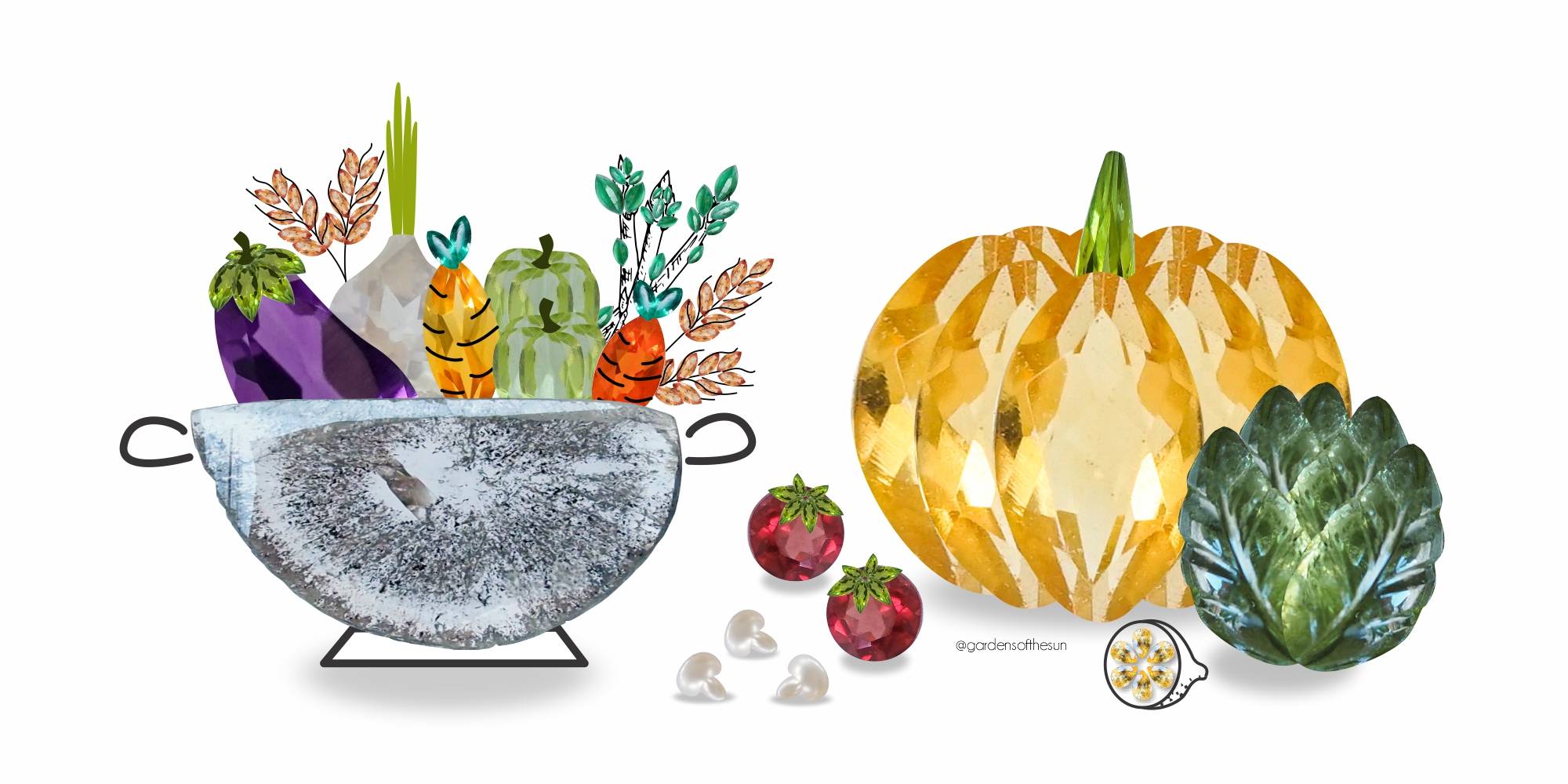
These days in Bali, it’s easy to be stunned seeing enclaves of vegan cafes and restaurants sprawling across the island. Not too long ago, people were mostly searching for tropical relief with a side of suckling pig. Nowadays it’s spiritual enlightenment, topped off with a pulled ‘vegan pork’ burger - on a gluten-free bun of course.
Even though we don’t celebrate Thanksgiving here in Bali, it got us thinking about the best way to make a feast both lavish and green.
Besides, Bali is an experimental island cookpot dishing up the healthiest and tastiest vegetarian and vegan dishes. So here’s some Bali-inspired meat alternatives to up your vegan Thanksgiving dish!
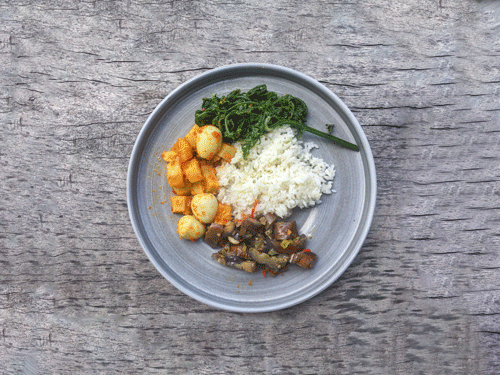
1.
Jackfruit (nangka)
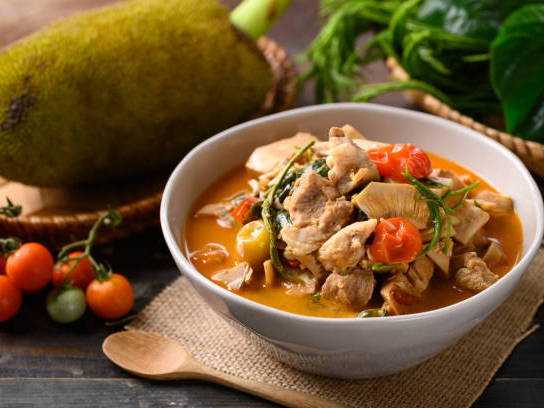
Jackfruit: a fruit, a veggie, a 'meat'!
source: istockphoto
Is jackfruit a fruit or a veggie? Depending on where it’s at in its life, it can be either one of them. When a jackfruit is ripe, it’s a sweet bubble gummy snack with a taste almost like mango, but less sensual and juicy on the lips. When a jackfruit is still green, it’s the perfect substitute for meat. Indonesians have long enjoyed green jackfruits as part of the vegetable dish, called ‘sayur nangka’ (literally means jackfruit veggie), cooked as a curry with thick, spicy ‘rendang’ broth. If you fancy a feast, this is the way to go! Jackfruit absorbs spices like meat and retains its fibery strands, which is how it keeps its meaty consistency.
2.
Tofu (tahu)
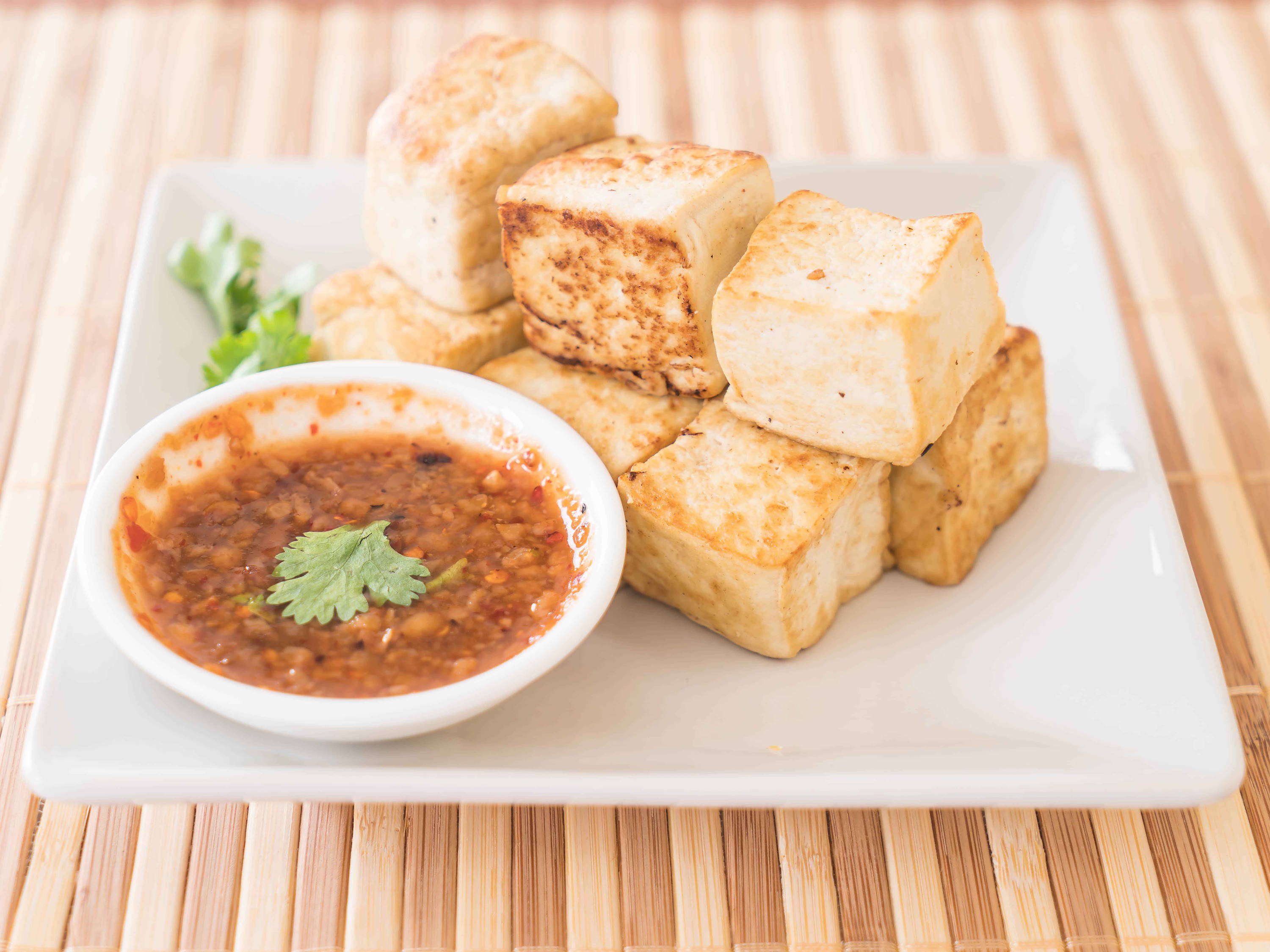
For Thanksgiving dinner, try tofu as a hearty soup to warm the belly.
source: unsplash
Made from coagulated soy milk, tofu comes in many forms, even in our home country. Though it’s believed that tofu comes from China, variations of it have developed across the country, each region taking on a proud twist. Lombok, a small island next to Bali, is famous for its production of firm, meaty tofu (the kind which stays in its form after being cut). An uber rich source of protein, tofu can be grilled, stir-fried, stewed, even made into a dessert! For Thanksgiving dinner, try it as a hearty soup to warm the belly.
3.
Tempe (tempe)

Tempe is seriously filling and packs a punch of proteins.
source: unsplash
Tempe is Indonesia’s true story of an underdog. A savory treat, food of the poor, which rose to global sensation overnight. Tempe is seriously filling and packs a powerful punch of proteins. Indonesians know a thousand ways to spice up the tempeh, but the best way to eat it is with a simple helping of pepper and salt. If you want a cleaner taste (less oily!), tempe is the perfect item to throw into your air fryer you bought last year but never used!
4.
Turmeric (kunyit)
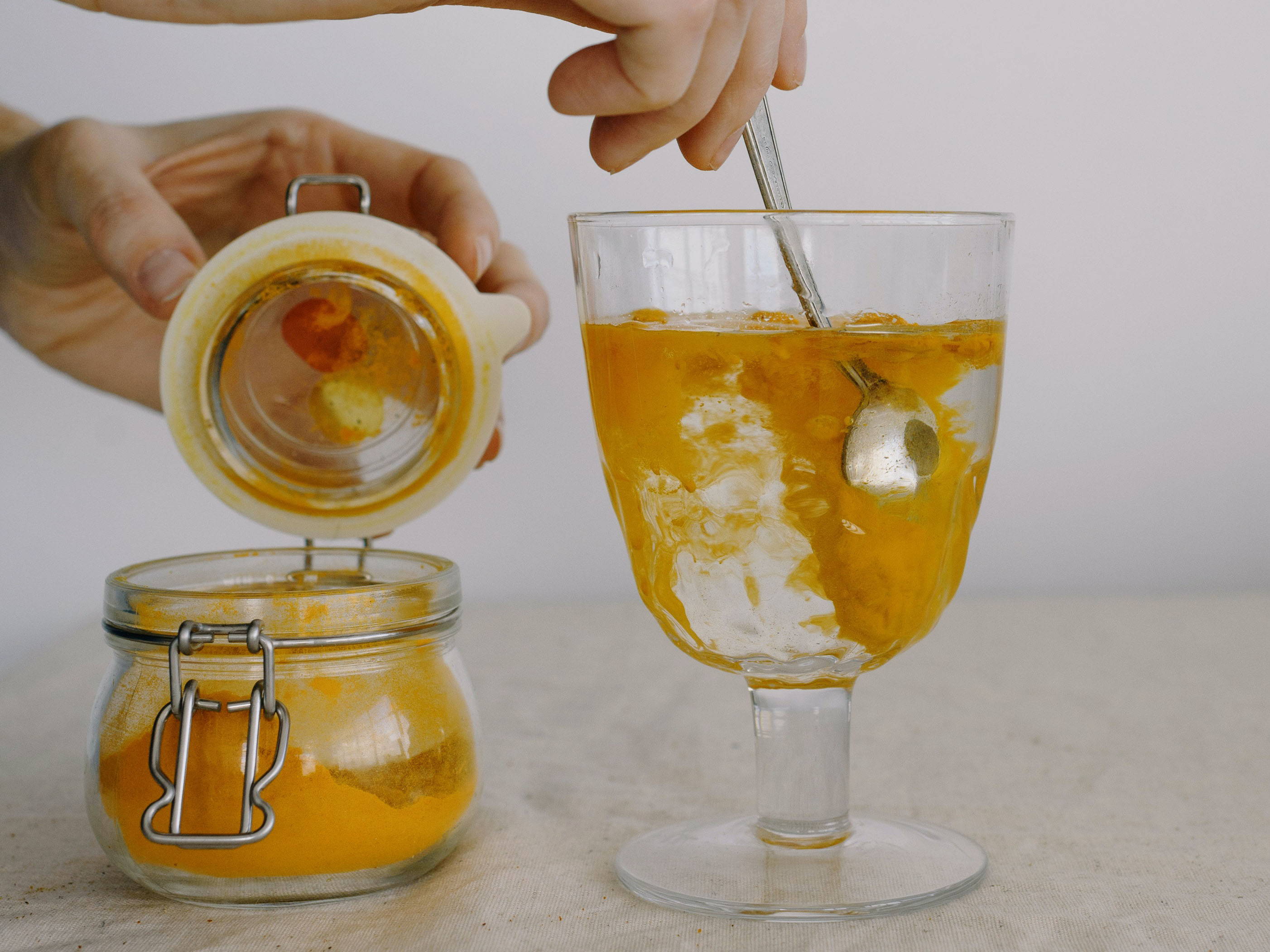
Many Indonesians will blend kunyit with water to make a health tonic. Would you dare try?
source: pexels
Turmeric is a key ingredient in many Indonesian dishes, and many drink it as a health tonic (jamu kunyit). Sure it tastes spicy, tangy, and pungent (probably not the tastiest tonic), but it’s a potent drink to sooth down any cold-like symptoms overnight. I drink a shot nearly every morning. As a seasoning, use it mildly - turmeric is a great way to add a golden glow to any dish, even with just a sprinkle.
5.
Banana flower (jantung pisang)
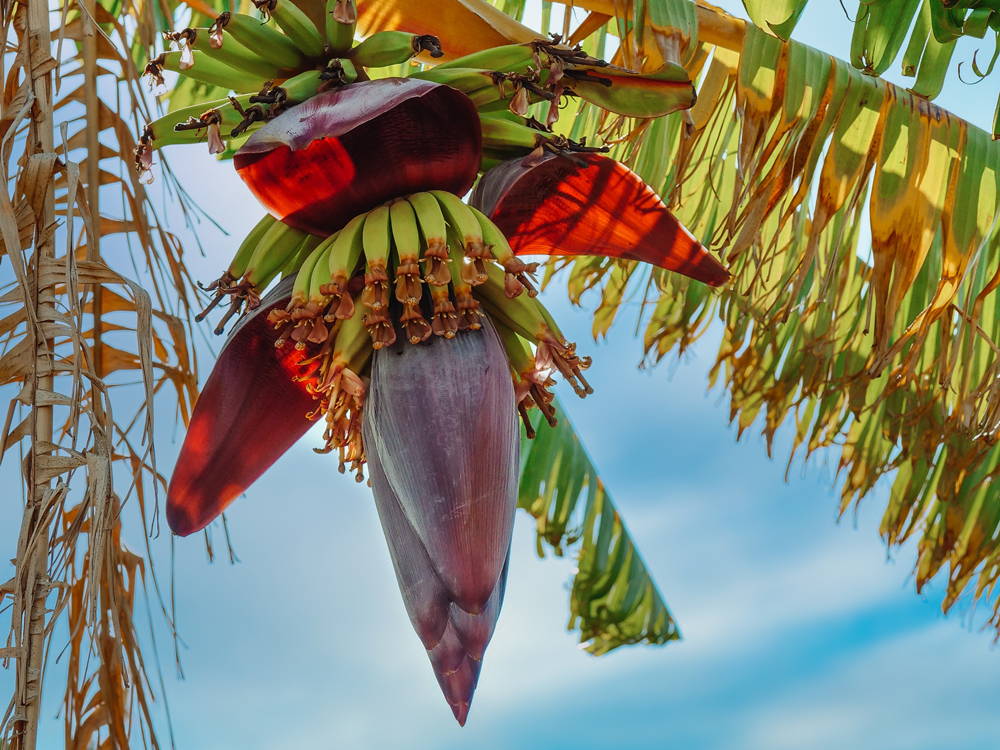
Banana flowers have a texture similar to bamboo shoots and a slightly bitter taste, perfect for a mixed salad!
source: pexels
Banana flowers are exactly what you think: the blossoms of a banana tree. Indonesians call them ‘jantung pisang’ precisely because it looks like the heart of the tree with its swelling ruby-red color hanging from the center. Banana flowers are a rich source of proteins, healthy fat and hemoglobin. To prepare banana flower, peel the pinkish layers until you see white tendrils inside. Soak the white tendrils in lemon water to prevent oxidation. These white tendrils are what you’ll cook. Banana flowers have a texture similar to bamboo shoots and a slightly bitter taste - a tad less bitter than papaya flowers. You can use this in salad or chutney, or a spiced curry to drown out its bitterness.
6.
Coconut (kelapa)
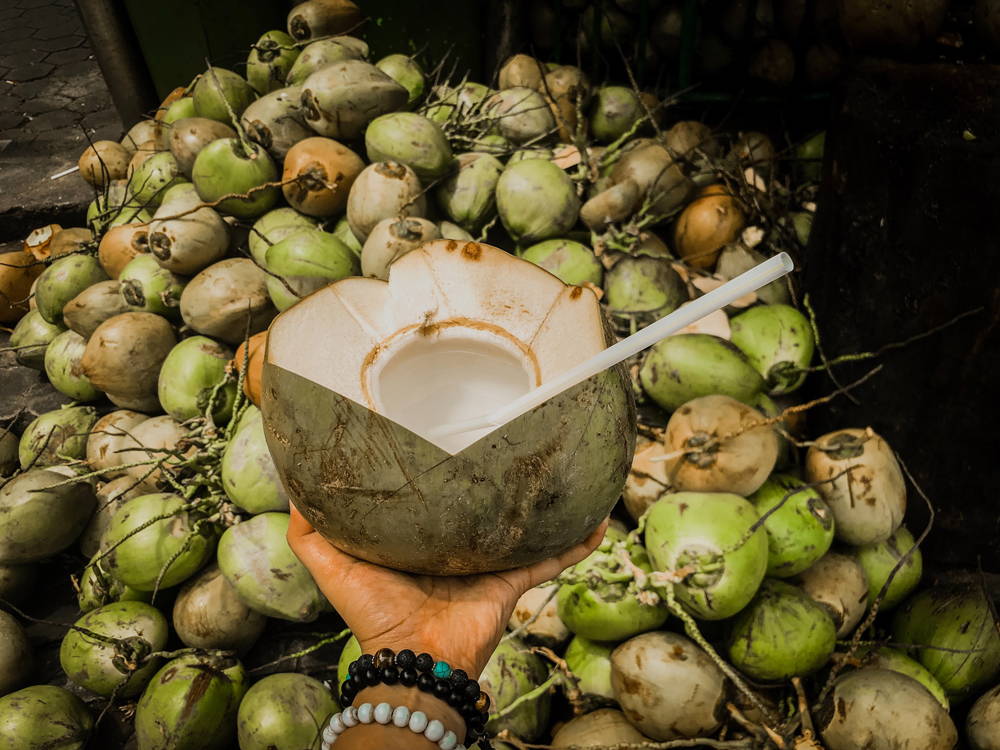
What's not to love about this tropical miracle?
source: unsplash
Maybe it’s not an accident that the most abundant fruits in the tropics give you multiple benefits in various, surprising ways. From straight outta the coconut bowl to crispy dried coconut flakes to pure coconut oil, coconuts are an all-round miracle. But the best way to enjoy coconut is downing its coconut water - at the beach if you can. Coconut water is great at adding fluid into your body to keep those digestive tracts moving. Think: drain down Thanksgiving dishes. It’s also low in sugar and can curb your appetite, great at preventing you from going overboard on the feast!
7.
Moringa (daun kelor)

Commonly available in the form of powder, you can add moringa to anything from smoothies to oatmeal.
source: pexels
Moringa is another recent ‘discovery’ of superfood, with 7x more Vitamin C than oranges and 15x more potassium than bananas. It’s said to help with health issues like diabetes and flu, and increase milk production if you’re a nursing mom. Nowadays, it’s not hard to find moringa in the form of powder (made from ground, dried moringa leaves), a concentrated source of Vitamin A to boost the immune system. With a taste that’s actually quite bland and not overpowering, you can add moringa to desert, smoothies, chocolate protein balls, quiche, oatmeal - you name it. Some even have made a cake out of it. Basically it’s the one ingredient so versatile you can spring it anywhere to amp up your vitamin intake. Here, moringa grows everywhere and is often included in everyday dishes.
8.
Sambiloto (Andrographis paniculata)
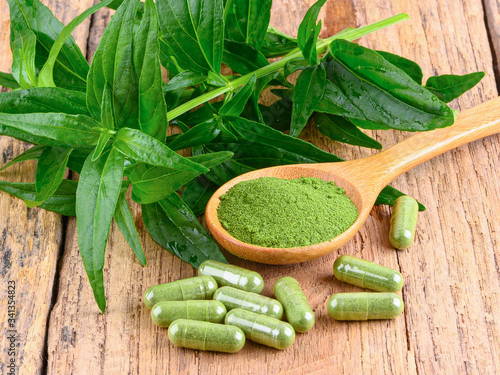
A very bitter type of herb, sambiloto is used as a vitamin boost when you're feeling under the weather.
source: freepik
Sambiloto is not what you’d usually use to spice things up in your dishes. Sambiloto is a herb traditionally used in Chinese medicines and Indian ayurveda. It’s rich in antioxidants like saponin, terpenoid, tannin and flavonoid. It also has anti-inflammatory, antibacterial and antiviral properties. So much, it’s been researched as a potential treatment for Covid-19. It has a very bitter taste and is usually consumed with water and honey as a health tonic, or in a capsule because it’s that bitter. Drink it whenever you’re feeling under the weather during the hectic holiday season or after a night of feast to ease down your sugar levels.














